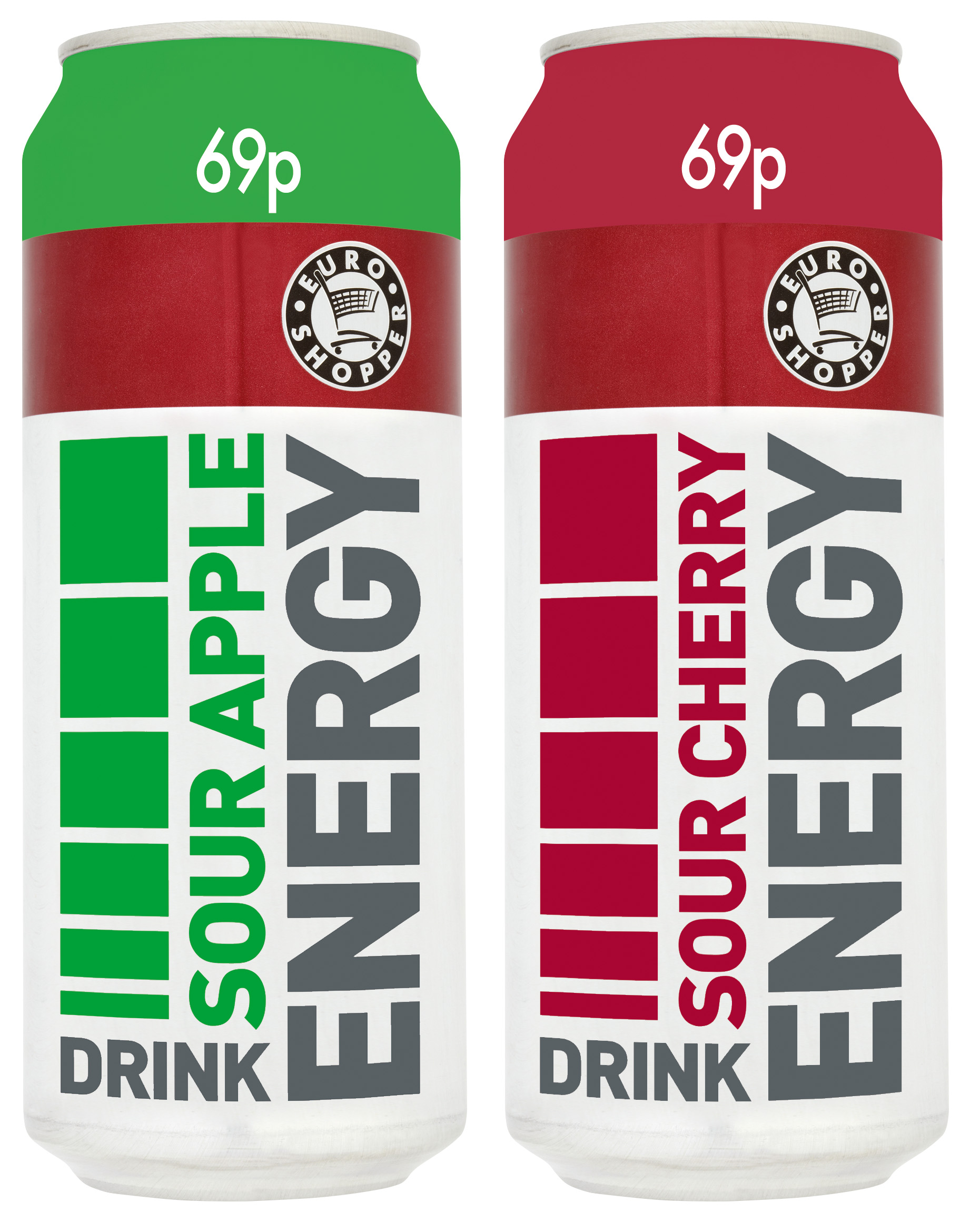

After that, samples are typically sent to a laboratory for "confirmatory" testing, which either confirms the initial result, or shows that the initial result was a false positive. However, the preliminary or "presumptive" result they produce is typically enough to give a law-enforcement agent probable cause to make an arrest. These field tests are imperfect and can sometimes produce false positives. The following is a helpful and relatively straightforward video guide to presumptive colorimetric drug field tests, produced by Florida International University's (FIU) National Forensic Science Technology Center: The presence or absence of those color changes indicates the possible presence or absence of the substance being tested.

Typically, law-enforcement agents use a type of substance testing called colorimetric testing, which involves adding a small sample of the questionable substance to a liquid solution, and inducing particular chemical reactions that cause specific changes in the color of the solution. Testing substances, rather than biological specimens, is done via a "presumptive substance test." The typical use of such a test would be where police found a powder in someone's car, which they suspected might be a prohibited substance like cocaine or heroin, so they either send a sample of the substance for laboratory testing, or conduct a field test themselves. This makes little sense, because that kind of test is used to screen for illicit substances in a person's urine, not in a beverage. The second misleading feature of the meme is that Rider Freese said she used a urine screen test to screen for methamphetamine, buprenorphine, and oxycodone in a sample of Red Bull. The only clearly visible test strips in Rider Freese's photograph show horizontal, double red lines, suggesting negative results for unidentified substances. The test strips on urine screen-test cups, such as the one shown in the photograph, invariably indicate a negative result where two horizontal red bars are visible. The ingredients of both Red Bull and Bang can be found listed here.ĭespite Rider Freese's claim that the energy-drink samples tested positive for various drugs, it's not clear that the urine test cup in the second photograph illustrates any such positive tests. What the meme alluded to (whether knowingly or unknowingly) was the phenomenon of false positives, in which a drug test incorrectly indicates the presence of a substance that is not present, either in a biological specimen (usually urine and blood) or a sample of the substance in question. The first point to clarify is that neither Red Bull nor Bang nor any other energy drink contains methamphetamine, buprenorphine (often sold as suboxone), oxycodone (often sold as Ox圜ontin), or MDMA (commonly known as ecstasy or X). However, we found no evidence of an actual pattern of such false positive test results. The claims were inaccurate and misleading in several ways, but they did allude (whether knowingly or not) to a flaw in some substance-testing field kits that have caused innocuous substances to incorrectly test positive for drugs such as methamphetamines.Įxperts told us that a false positive of this kind could, in principle, be produced in certain tests of a sample of Red Bull or other energy drinks, or a urine sample taken from a person who had consumed the beverages. Rider Freese subsequently deleted the post in question, but she later confirmed its authenticity with a second post in which she explained that she had taken it down because its viral spread had caused her to be inundated with friend requests and messages. Although the original post was deleted, social media users have continued to share a screenshot of it, meaning its claims continued to be promulgated. So I had him pour some in a new cup, and it for and and. The claims were posted in July by user Angie Rider Freese, who included photographs of what appeared to be a urine screen-test cup, with "Red Bull" written on the lid. In late summer 2019, we received multiple inquiries from readers about the accuracy of a viral Facebook post that claimed the popular energy drinks Red Bull and Bang test positive for various illicit substances, including methamphetamines, ecstasy, and the prescription opioids Ox圜ontin and Suboxone. The photograph included in the meme did not constitute evidence that supported its claims, which were expressed in misleading and confusing terms. We found no evidence of a pattern of Red Bull, Bang, or other energy drinks producing false positives for methamphetamine, ecstasy, or the other drugs listed in the meme.


 0 kommentar(er)
0 kommentar(er)
